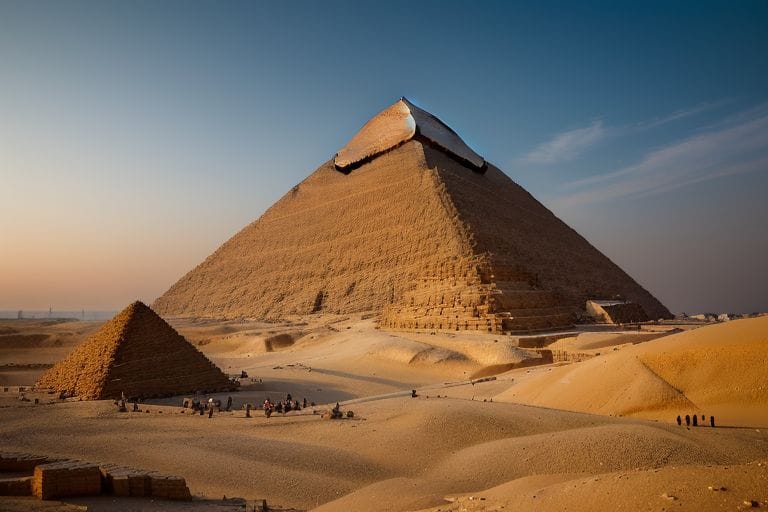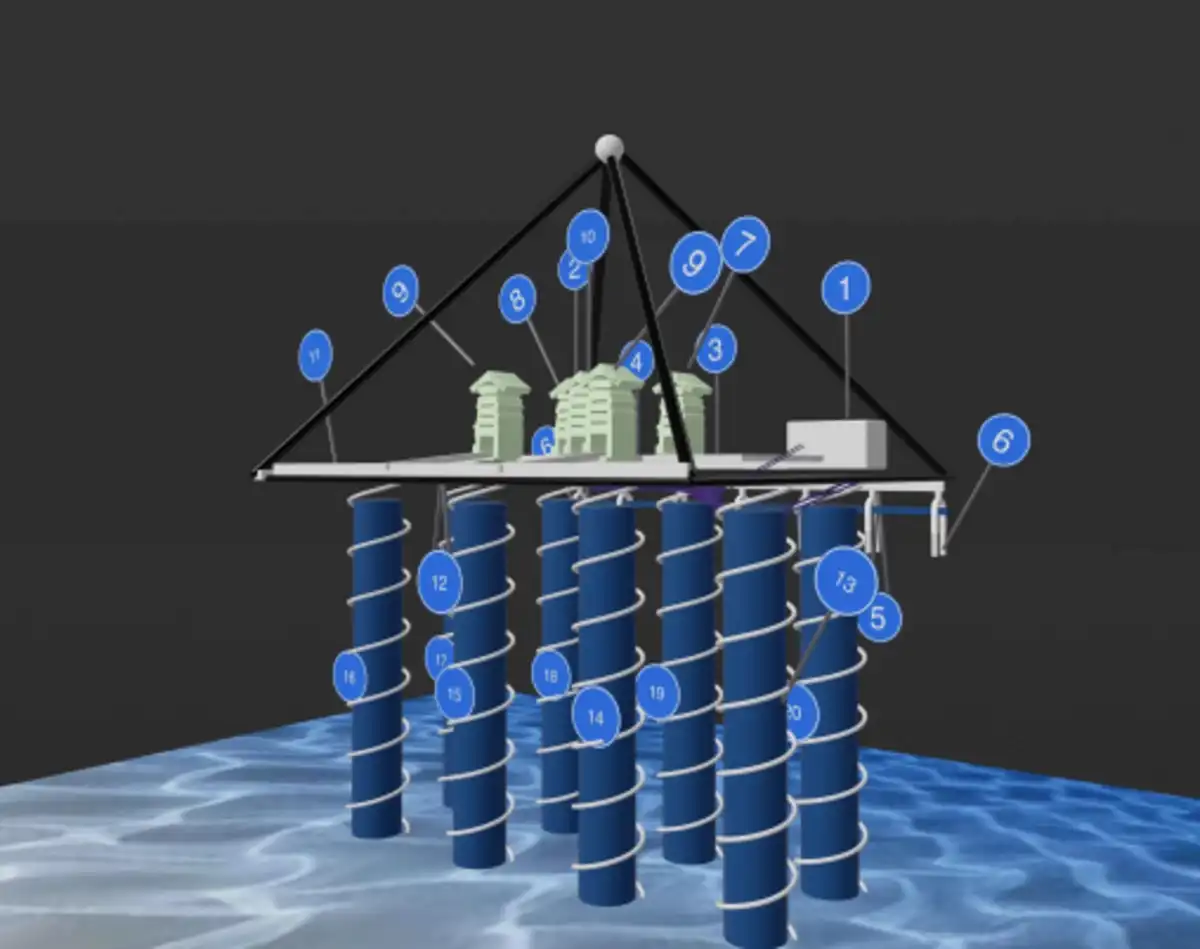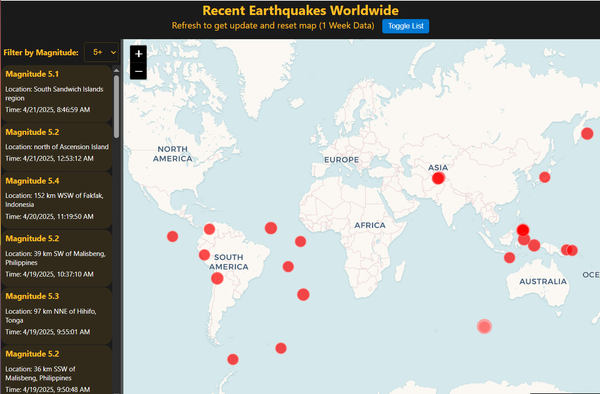The Giza Enigma: Are We Close to Uncovering a Buried Civilization?

A new wave of excitement and controversy has hit the archaeological world following claims of a vast network of underground structures beneath the Great Pyramid of Giza. Are we on the cusp of rewriting ancient Egyptian history, or is this another case of sensationalism outpacing scientific evidence? Here’s a closer look at what's unfolding beneath the sands of Giza.

The Announcement: A Hidden “City” Beneath the Pyramids?
In March 2025, a team of Italian and Scottish researchers, led by Prof. Corrado Malanga (University of Pisa) and Filippo Biondi (University of Strathclyde), announced what they described as a “vast underground city” stretching more than 2 kilometers (over 6,500 feet) below the Giza plateau. They used an advanced form of Synthetic Aperture Radar (SAR) and reported detecting:
- Eight enormous vertical shafts (or wells) extending over 600 meters (2,100 feet) underground
- Five large, identical structures near the base of the Khafre Pyramid, interconnected by geometric corridors
- Spiral ramps and channels resembling a water system
- Two massive cubic structures, each about 80 meters per side, at deeper underground levels
- Pathways and features that, they claim, might correspond to the legendary Hall of Records from Egyptian lore
The researchers argue these findings, if confirmed, could drastically change our understanding of ancient Egyptian engineering and the purpose of the pyramids.


The Technology: SAR and Seismic Vibrations
The team combined SAR satellite imaging with analysis of micro-vibrations caused by natural seismic activity. This method, they suggest, allowed them to reconstruct high-resolution, three-dimensional images of the pyramid’s interior and the subsurface beneath the plateau—essentially making the pyramid appear “transparent” to their instruments.
They suggest that this technique enabled them to see much deeper than traditional ground-penetrating radar, revealing features previously hidden from archaeologists.
The Debate: Skepticism from the Scientific Community
Despite the bold claims, many experts remain highly skeptical:
- Technical Limitations: Radar and SAR technology, especially from satellites, typically cannot penetrate solid rock or earth to depths of 600 meters or more. Professor Lawrence Conyers, a radar specialist at the University of Denver, has publicly stated that the technology described “cannot reach such depths underground,” calling the notion of an underground city “significantly overstated”.
- Peer Review and Verification: The primary study underlying these claims has not yet undergone peer review, and much of the information comes from press releases, media reports, and popular science presentations rather than established academic journals.
- Previous Discoveries vs. New Claims: Some commentators point out that earlier discoveries using muography (cosmic-ray imaging) did reveal previously unknown voids inside the Great Pyramid, but nothing on the scale or depth now being claimed.

What Has Actually Been Found?
- Confirmed Discoveries: Previous muography studies have identified voids and chambers within the pyramids, including a significant cavity above the Grand Gallery in the Great Pyramid.
- New Claims: The recent SAR-based findings are not yet corroborated by excavations or independent verification. Most Egyptologists and radar experts urge caution, noting that extraordinary claims require extraordinary evidence.
- Media and Public Response: The story has gained traction in alternative history circles and social media, with some outlets and commentators speculating about lost civilizations, ancient technology, or even connections to legends like the Hall of Records.
Summary Table: Claims vs. Current Evidence
| Claim/Feature | Reported by SAR Team | Independent Verification | Mainstream Expert View |
|---|---|---|---|
| 8 vertical shafts (600m+ deep) | Yes | No | Technologically unlikely |
| 5 large structures near Khafre base | Yes | No | Not substantiated |
| Spiral ramps and water channels | Yes | No | Not substantiated |
| “Underground city” or Hall of Records | Speculated | No | Considered speculative |
| Previous voids (muography, 2017) | No | Yes | Confirmed, but much smaller |

What’s Next?
The team behind the discovery has called for further investigation, including possible targeted excavations. However, obtaining permits for such work at the Giza plateau is notoriously challenging, and the Egyptian Ministry of Antiquities has not yet commented on the new claims.
Meanwhile, the mainstream archaeological community awaits peer-reviewed publication of the data and independent replication of the findings before accepting any major revisions to the history of the pyramids.
Conclusion
While the idea of a vast, ancient city hidden beneath the Great Pyramid of Giza is fascinating, the current evidence is far from conclusive. The new SAR-based claims have sparked debate and reignited public fascination with Egypt’s ancient wonders, but they remain unverified by the broader scientific community. For now, the story serves as a reminder of both the enduring mysteries of the pyramids and the importance of rigorous, peer-reviewed science in archaeology.
Stay tuned. If future excavations or studies confirm these underground structures, it could truly be one of the most significant discoveries in Egyptology. Until then, skepticism and careful analysis remain the order of the day.



